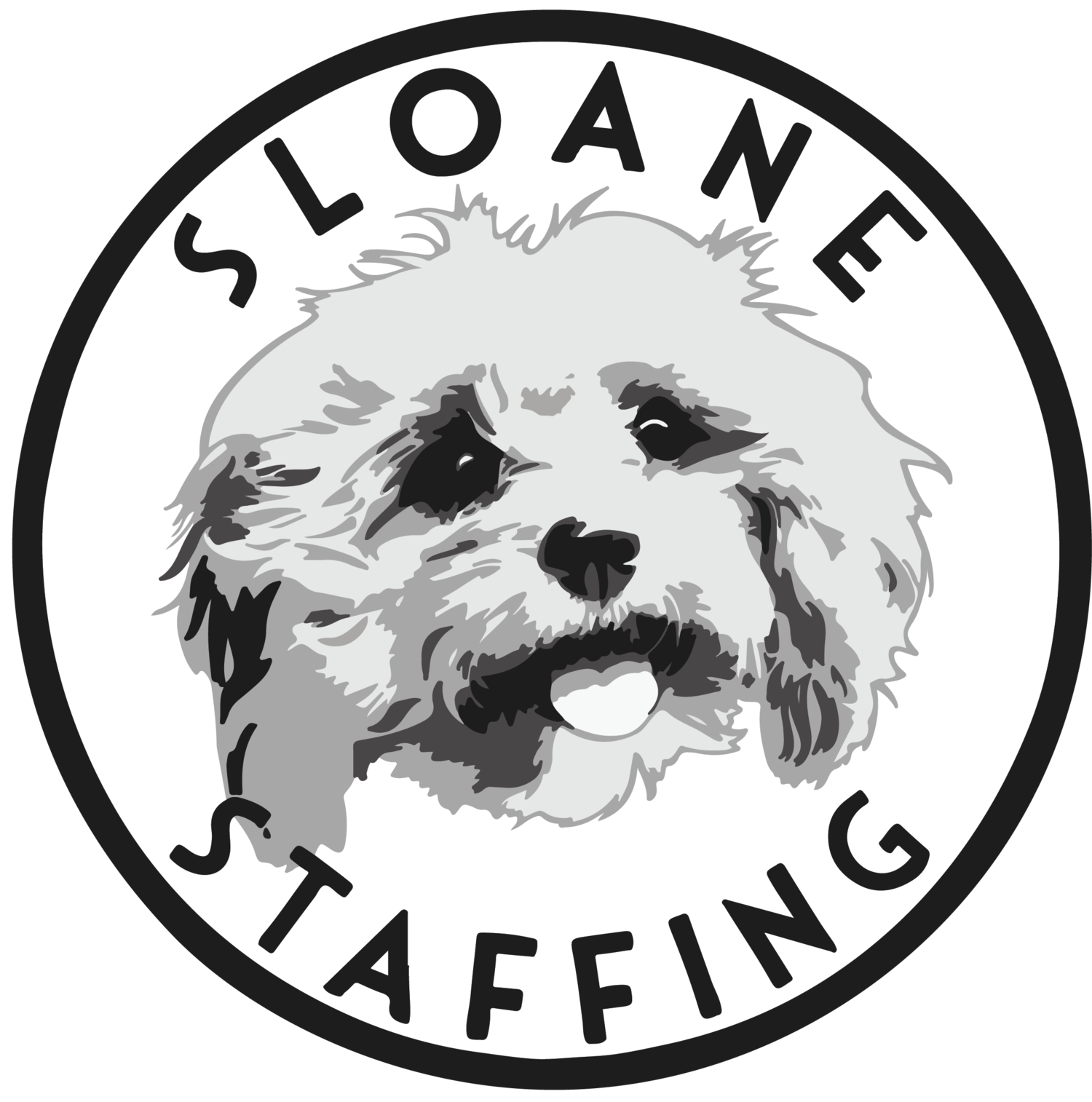Everything You Need To Know About SaaS Sales Commission
The power and attractiveness of commission-based roles should never be understated.
For SaaS platforms seeking diligent and driven sales professionals to take their brand to the next stage, employing an enviable commission structure is a super-effective way of bringing amazing talent to your door - after all, Sales is the business of results and what better way to encourage your sales team to get results than to reward them for the work they do.
However, has sales changed in the digital era? Do SaaS sales teams need to operate differently from traditional commerce salespeople, and should employers treat commission structures within SaaS sales differently?
The pros and cons of commission
It’s worth iterating just how much of a draw commission-only, commission-based roles or On-Target’s Earned jobs are for certain types of worker.
The ability to (technically) earn an “unlimited” salary is enough for people who live and breathe a working culture based around You Get Out What You Put In. However, the inherent risk of a sudden drop in earnings, and the lack of a financial support net can put others off, and commission-based roles can be cutthroat if workers don’t hit targets.
There is no guarantee of take-home pay within commission-based jobs, and to be a success at it you need to be driven, diligent, prepared, hard-working and consistent.
In essence, you have to be a self-starter in word and deed.
It’s worth remembering that salary and take-home pay is more than a paycheck - a lot of workers will define themselves by their position in relation to their pay and will draw a sense of personal and community “value” from their pay. Commission structures go a long way in signaling personal achievement, as well as material benefits.
What are traditional commission “packages”?
Typical commission structures are:
Commission only,
Base Rate + Commission,
Revenue Commission,
Territory Commission,
Draw Against Commission,
Tiered Commission,
Residual Commission,
How do you know what sales commission package will work for your SaaS enterprise?
We urge companies to analyze a few key workplace demands and targets before committing to a commission structure.
Know your competition: if you are throwing a hail-mary commission structure into the sales candidate market without knowing what your competitors are doing, you’re never going to draw quality talent. Find the industry average, then decide on something better to draw the right sort of sales drivers to your company.
Consider winners and losers: how are you prepared to handle high achievers? Are you willing to celebrate and reward those who do better? Do you have the leadership team in place to make sure lower-numbers sales staff can improve, and do you have the heart to cut ties with those who consistently don’t deliver?
What are your priorities? As this piece in For Entrepreneurs highlights, you need to “align sales behaviors with the desired business objectives”. Is your SaaS sales team focused more on retention of clients, taking on a more account executive-like role? Or are you in new business mode, cold calling and bringing new clients into the fold? You need to build or adapt your SaaS commission package to suit your priorities.
SaaS considerations for commission structures
“If your cost of selling is higher or your customer acquisition cost is very high, you’re likely to have a lower commission rate by necessity.
For example, if you need an employee to run onboarding, you need an employee to handle the service, and you need a whole team of contractor staff to do data entry, your expenses are going to be higher.
Because your costs are so high, your commission rate needs to be lower”.
This paragraph perfectly explains the complex balancing act SaaS Sales Managers have to handle in order to incentivise their teams sustainably.
Consider this piece by Lean-Case, in which they dictate a sales commission percentage between 9% and 2% based on three criteria of sales: New Business, Upselling, and Renewals.
There are no set sales commission structures that fit every SaaS company - the art is in finding the right package for your company, that fits your talent pool, and that works within your budget, as per Lean-Case’s structure above.
With SaaS “sales” teams being a heady mix of product pros, marketers, onboarders and AEs (with smaller SaaS firms normally mixing a number of these roles into one job), setting commission structures needs to be both competitive and sustainable within your particular SaaS sales model.

